General principles of surgery applied to cattle
Doing surgery almost everyday, we have a tendency to forget simple principles that can make a big difference in the final outcome. Those principles are the same whatever the species and always should be remembered and applied when doing surgery; practice makes perfect.
A French study reported that 7 out of 10 veterinary legal proceedings in France are related to an obstetric procedure [1]. Of the 400 records that were studied between 1992 and 1996, the results of autopsy following a prosecution showed that 40% of legal cases were from a defect of the uterine suture, 20% were from hemorrhage, and 10% were from peritonitis. According to this study, the surgeon is required to achieve a perfect uterine suture; therefore, there is an obligation of result.
Otherwise he has to prove that something was wrong with the uterus. Batra et al [2] compared knot security between board certified surgeons and medical students after appropriate training sessions. Students' tying technique was judged to be superior to that of experienced surgeons. According to a study, only 25% of the surgeons correctly used the appropriate knot construction [3]. The food animal surgeon is no exception to this rule. Applying basic surgical principles can make a big difference in surgical wound complication, and therefore, prevent wound abscess, dehiscence, herniation, or retroperitoneal abscess.
Economics and contaminated surgical theaters in food animal surgery are a reality that makes this basic principal even more important. This articles reviews the basic principles of preoperative preparation, suture material, and knot-tying techniques.
Authors: André Desrochers
Source: https://www.vetfood.theclinics.com/


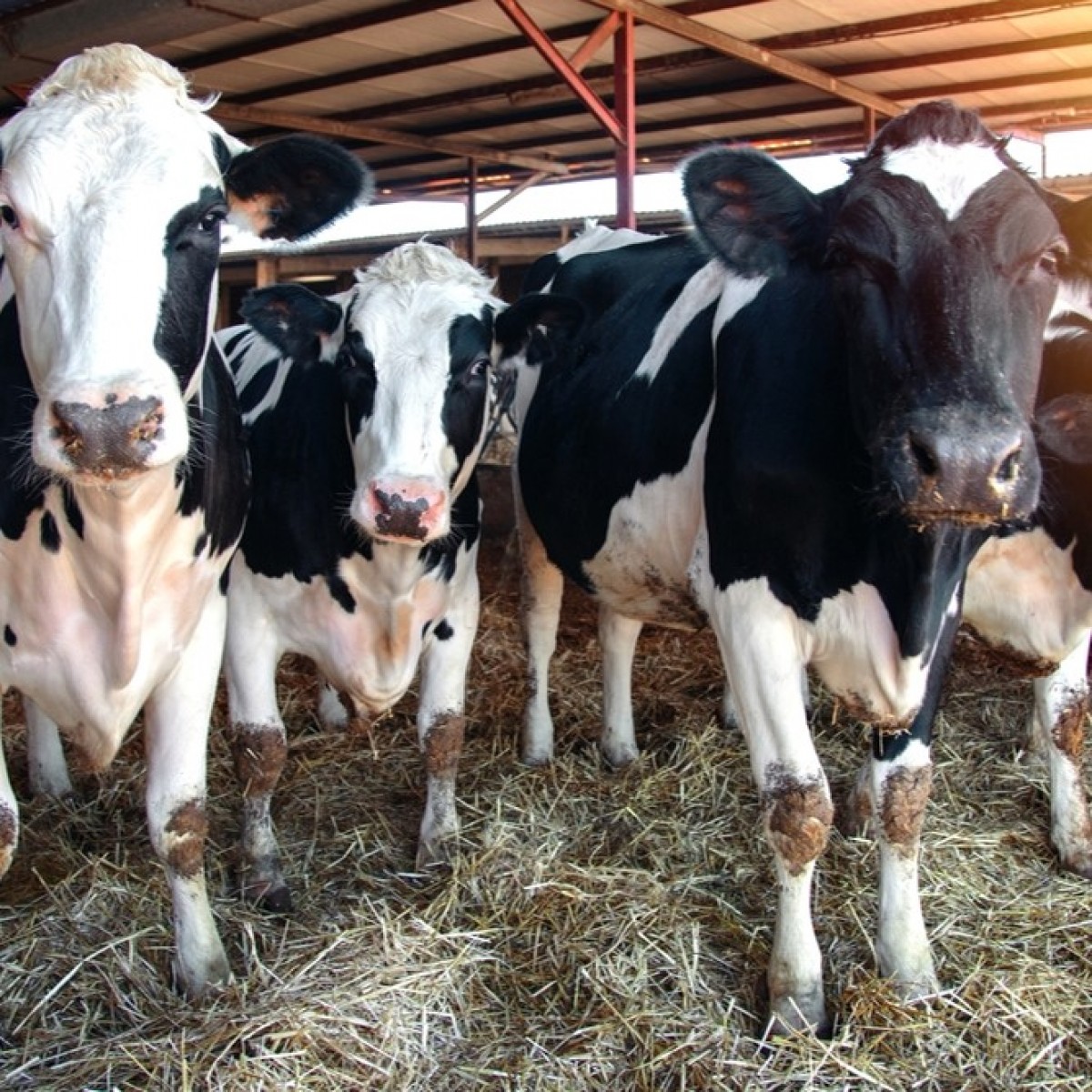
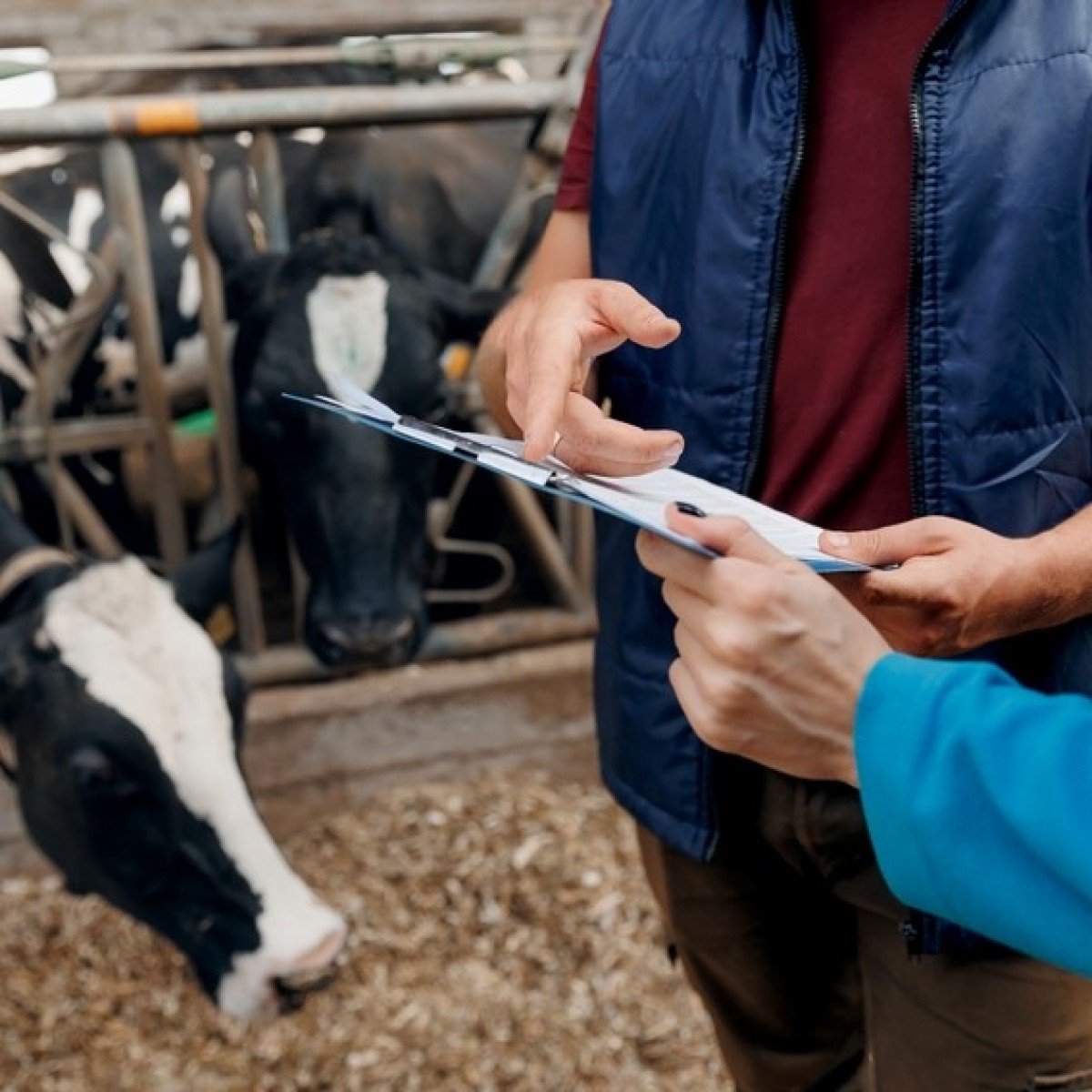






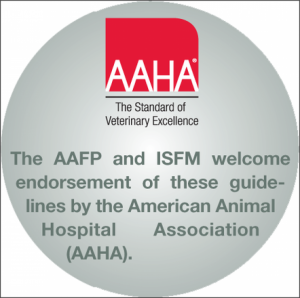
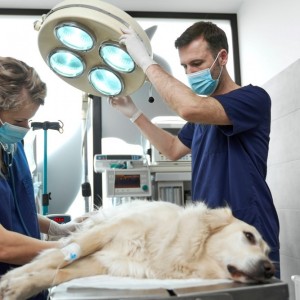
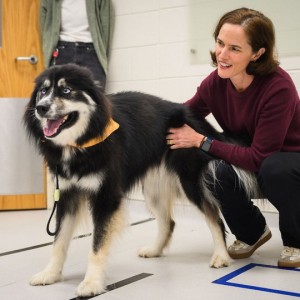

List
Add
Please enter a comment